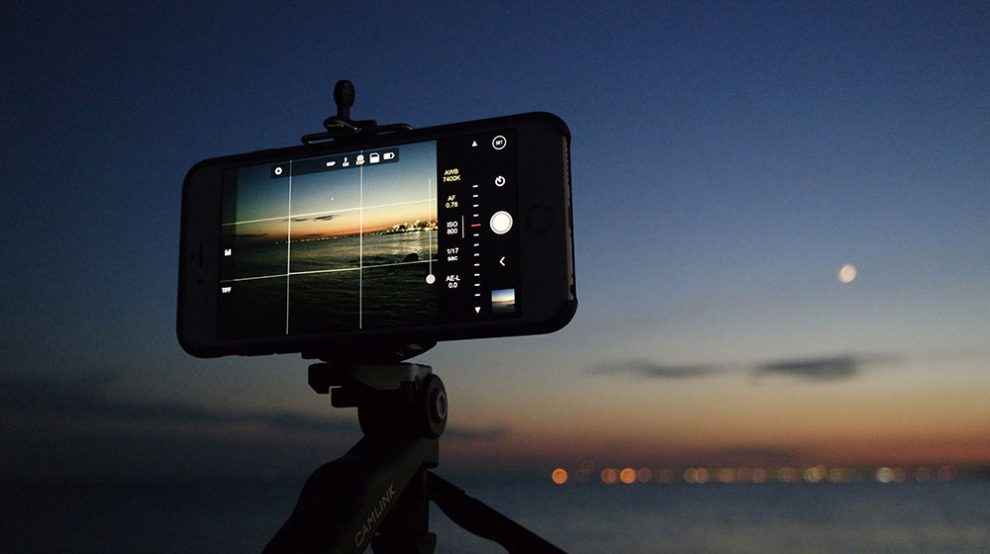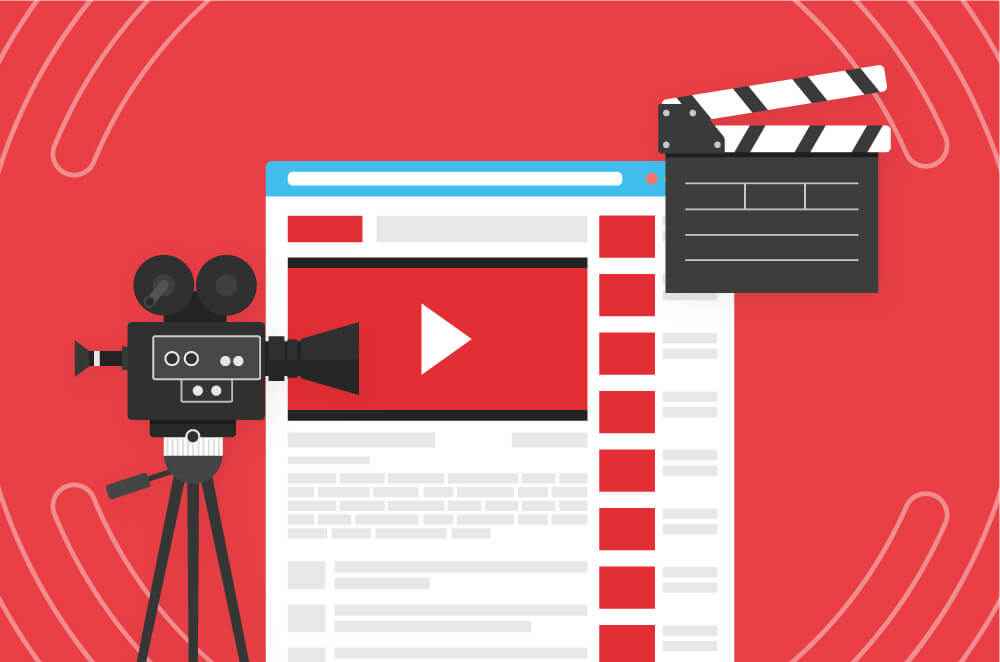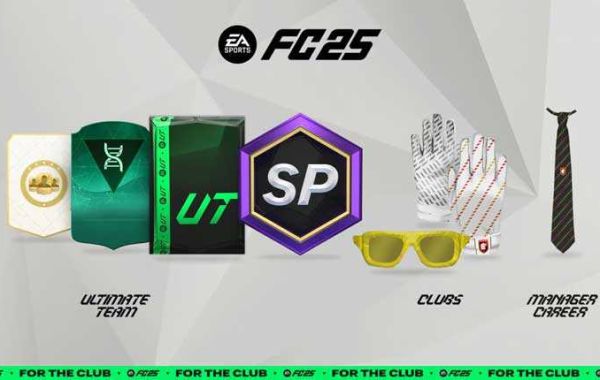There is no difference in picture quality between a smartphone and a camera. There are differences in focal length. And you can wear lenses on a professional camera - portrait, wide-angle and others. They expand the boundaries of creativity, allow you to blur the background, make beautiful bokeh, and remove distortion. And for low-light environments there are specific lenses and modes as well as various LED night-lights.This is done programmatically on the phone, but the image quality is already suffering. So if you need to do a planned shooting, then you need to get yourself a good low light video camera like the ones you can find in an article by Ray Crossman at iTechCluster. And in our article we’ll talk some more about low-light recording methods.

Is it possible to capture footage on a smartphone in low light?
As we already mentioned smartphones as devices that are suitable for taking pictures and capturing videos, there are some really advanced models as of now. Starting with the P20 Pro, Huawei smartphones have become some of the best, if not the best, low-light smartphones being praised for taking this a step further. But its lead is challenged by Google Pixel 4, which also excels in low light. Samsung’s Galaxy smartphones can also take good low-light shots.
The key to capturing cool shots in the dark for smartphones is that the camera sensor can pick up as much light as possible. In the case of a small mobile camera sensor, this is easier said than done compared to a DSLR. Three key components are responsible for capturing light in any camera module - the quality and aperture of the lens, the size of the sensor and its pixels, and, of course, exposure. Yet full-scale cameras are more powerful by all means.

Why is using the camera better in low-light environments?
Yes, modern phones can shoot well, but cameras do it better. Even the newest models of smartphones are still inferior to cameras. The camera is a creative tool that inspires and allows you to develop your skills. Therefore, most photographers treat the smartphone as an album for rough sketches, and large important projects, of course, only trust the camera.
• The fundamental difference between a smartphone and a camera is in the transmission of small details, colors and a sense of space. This is due to the size of the media and the quality of the optics.
• Sensor size is a critical limitation of a smartphone compared to cameras. The image quality on a smartphone is worse in all respects - both in color, and in noise, and in contrast, especially if the shooting conditions are not ideal.
• Even if the phone has a state-of-the-art CMOS sensor, powerful flash, and dual lenses, its performance is unlikely to impress, and cannot compete with a camera if the lighting conditions are not ideal.
• With the camera, you always have access to a wide variety of settings: shutter speed, ISO, white balance, autofocus, exposure - all this can be adjusted to suit your requirements, and for this you do not have to dig into the menu.

If you want to get the right quality video in low light conditions, you need to buy yourself the right camcorder. Of course, you don't have to choose between low price and unnecessary 4K. Full HD is more than enough if your device is packed with advanced environmental features. These features will make the output even better without having to pay extra for some unnecessary resolution features.
Tools to make a good video content
Video content is very popular and it comes as no surprise. To produce high quality video content requires serious work: recording and editing video, finding free music, and so on. The quality of equipment and lighting, the skill of working with video and audio editors also play an important role.

Powerful video editors for anyone who wants to learn how to edit or find new uses for existing skills are Final Cut Pro (macOS only), Adobe Premiere Pro and DaVinci Resolve. Those applications are literally best of their kind, yet those are paid and will require some skill to operate. In addition you need, of course, a good free soundtrack. And there are also a variety of sources with freeware music and sound under the Creative Commons license.
• The Free Music Archive allows you to query more than 1500 tracks tagged with Public Domain, which allows them to be used for commercial purposes.
• Gerry Music offers compositions created by sound engineer and musician Gerry Black.
• Incompetech is the site of musician Kevin MacLeod. His collection includes jazz, classics, macabre and other genres.
• Internet Archives NetLabels offers you thousands of tracks created by independent recording studios that you can use for free.








